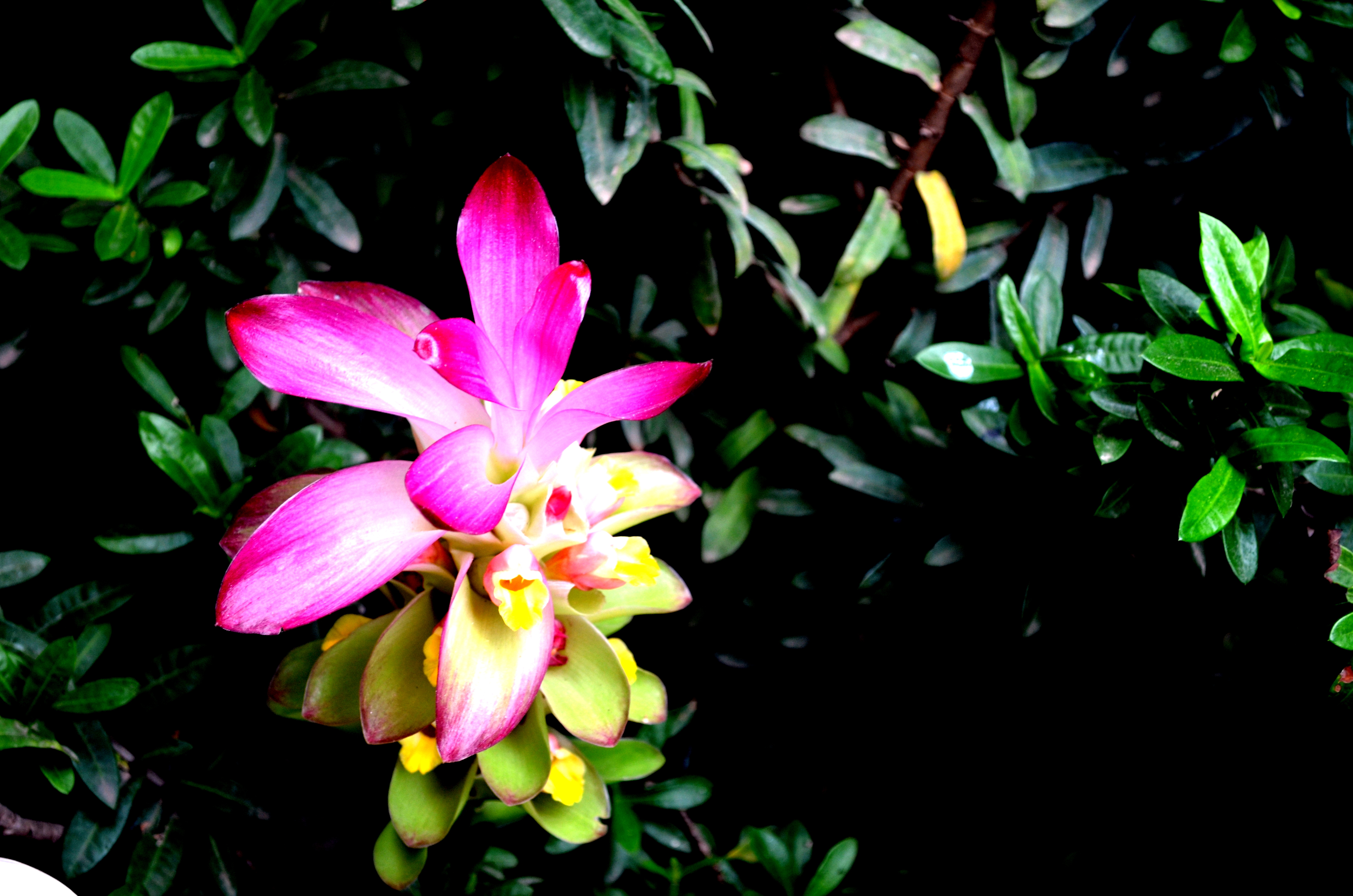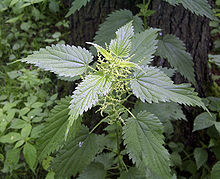Plants with Professor Longbottom
Another semester has come and gone, and I had another meeting with Neville Longbottom, Professor of Herbology at Hogwarts. When I told him about how well the last article did, he was ecstatic. He jumped up and started rummaging through books, creating a list for my next article. Here is what he decided upon.

Arnica:
Arnica is known also as mountain tobacco, leopard’s bane, and wolfsbane (though it is not related to the Aconitum genus). This plant is primarily located in the temperate areas of western North America, though there are a few species that reside in the arctic regions of northern Eurasia and North America. Arnica plants have roots that go deep into the ground and a straight stem that usually has nothing branching off of it. Its leaves are arranged in a rosette pattern and bloom large yellow or orange flowers between six and eight centimeters wide. The flowers and rootstock are often used in potion making. This plant is used in both the Swelling Solution and Shrinking Solution. “I remember when I was in Potions class first year, we were making a Shrinking Solution,” the Professor said as his face fell. “It wasn’t going well, and a *certain professor* threatened to feed my potion to my toad. If Hermione hadn’t helped me, Trevor would have died,” he said, wiping a tear from his eye.
Nettle:
In the scientific community, nettle is known as Urtica dioica. Nettle is native to Europe, Asia, western North America, and northern Africa. The plant grows taller in the summer, reaching between 10 and 300 centimeters tall, then dies down toward the winter. It has strong roots that anchor it into the ground and yellow stems that connect the plants together. Its leaves span from 3 to 15 centimeters long and attach to a straight, wiry, green stem. This plant is most commonly known for its protective powers. For this reason, it is used in potions to heal minor injuries and potions that strip curses from the body. One well-known potion that nettle is familiar with is the Boil Cure Potion. “I needed to use this antidote before. Someone put some Bubotuber Pus inside my dragon skin gloves. Madam Pomfrey gave me the antidote in the form of Boil Cure Potion. Nettle’s also used in most magical acne treatments.”

Valerian:
Scientifically, valerian is known as Valeriana officinalis. “In the 16th century, the extract of the flower of this plant was used as perfume!” Professor Longbottom stated as he started talking about the plant called valerian. This plant was originally found in Europe and some parts of Asia but has been introduced into North America over the years. It is a perennial plant that produces flowers in the summer. These flowers are sweetly scented and are pink or white in color. In the magical community, valerian is used in sleeping potions. The most famous potion that valerian is used in is Draught of Living Death. “This is a sleeping potion so powerful that the drinker is put in a deathlike state. It is only taught to Hogwarts students at NEWT level,” Professor Longbottom further explains.

Zedoary:
The scientific name for zedoary is Curcuma zedoaria. Originally, zedoary was located in India and Indonesia. However, it has been naturalized in other places such as Europe and Florida. When looking for this plant, keep your eyes out for yellow flowers with red and green bracts (small modified leaves with clumps of flowers) with long leaf stems about one meter in height. The root system is large with several branches housing nutrition for the plant to survive the dry or winter months. zedoary is used in potions that help to purify the blood and remove the toxins from venomous bites or stings. It is also a crucial ingredient in Skele-Gro. “I am fortunate enough to not have had an experience with Skele-Gro, but I know someone who has. In our second year, Harry Potter fell off his broom, and Gilderoy Lockhart removed all the bones in his broken arm instead of mending them. Harry has been through a lot, and he describes that process as some of the worst pain he has ever felt.”
Overall, it was a very successful visit, and I learned a lot. Professor Longbottom is very knowledgeable and excited to teach young people the fascinating world of herbology. I am looking forward to my next visit to Hogwarts!


